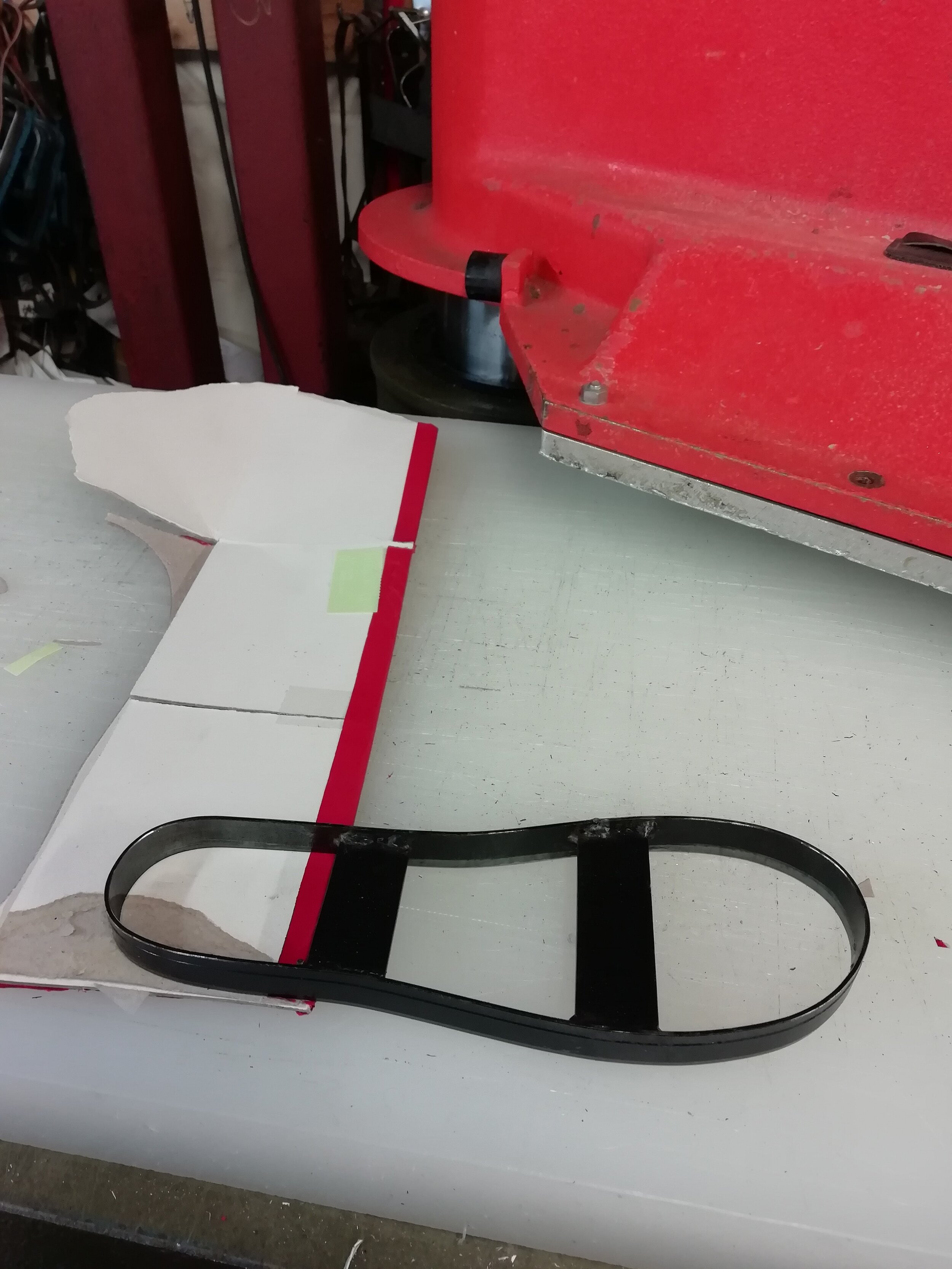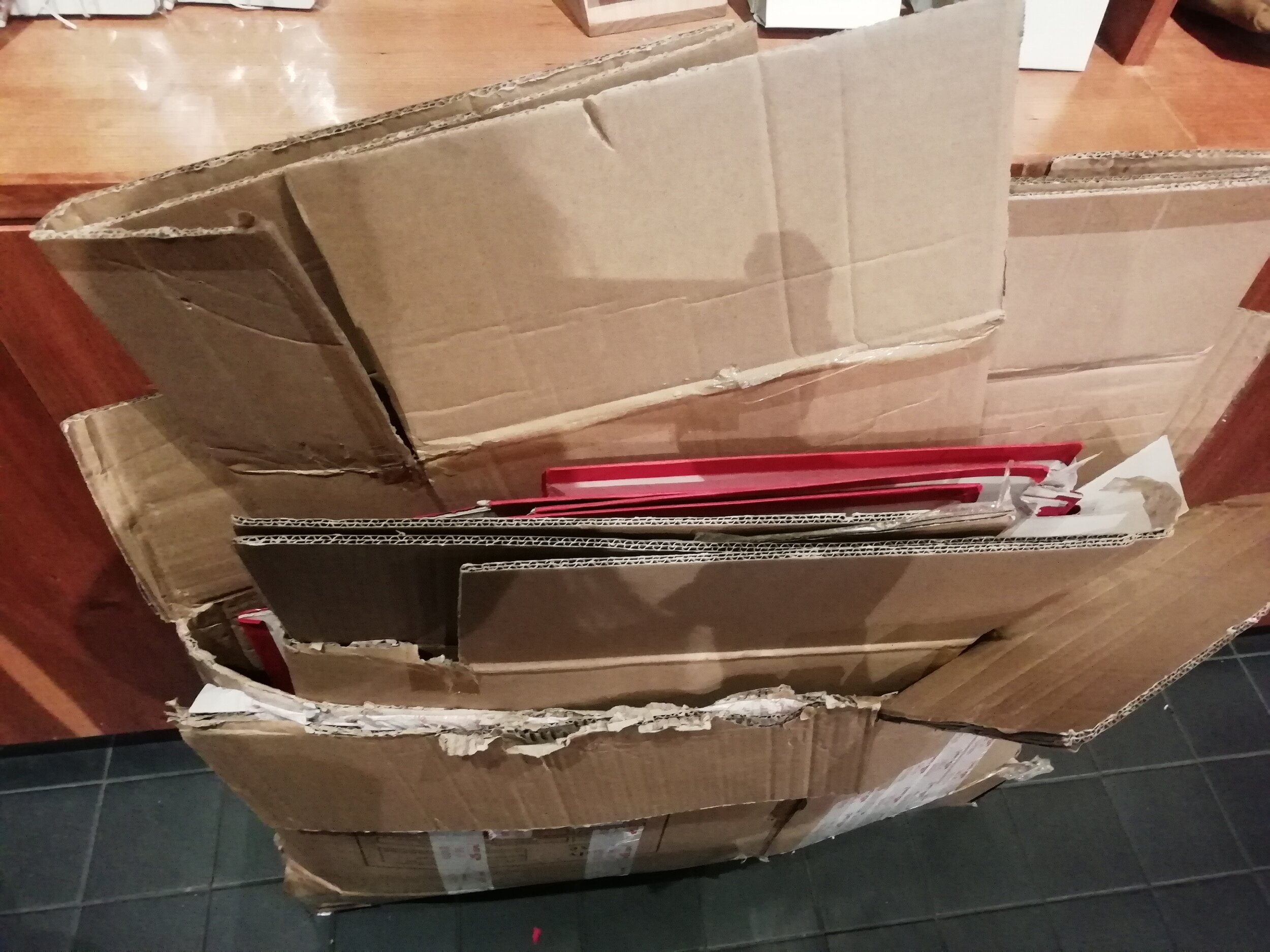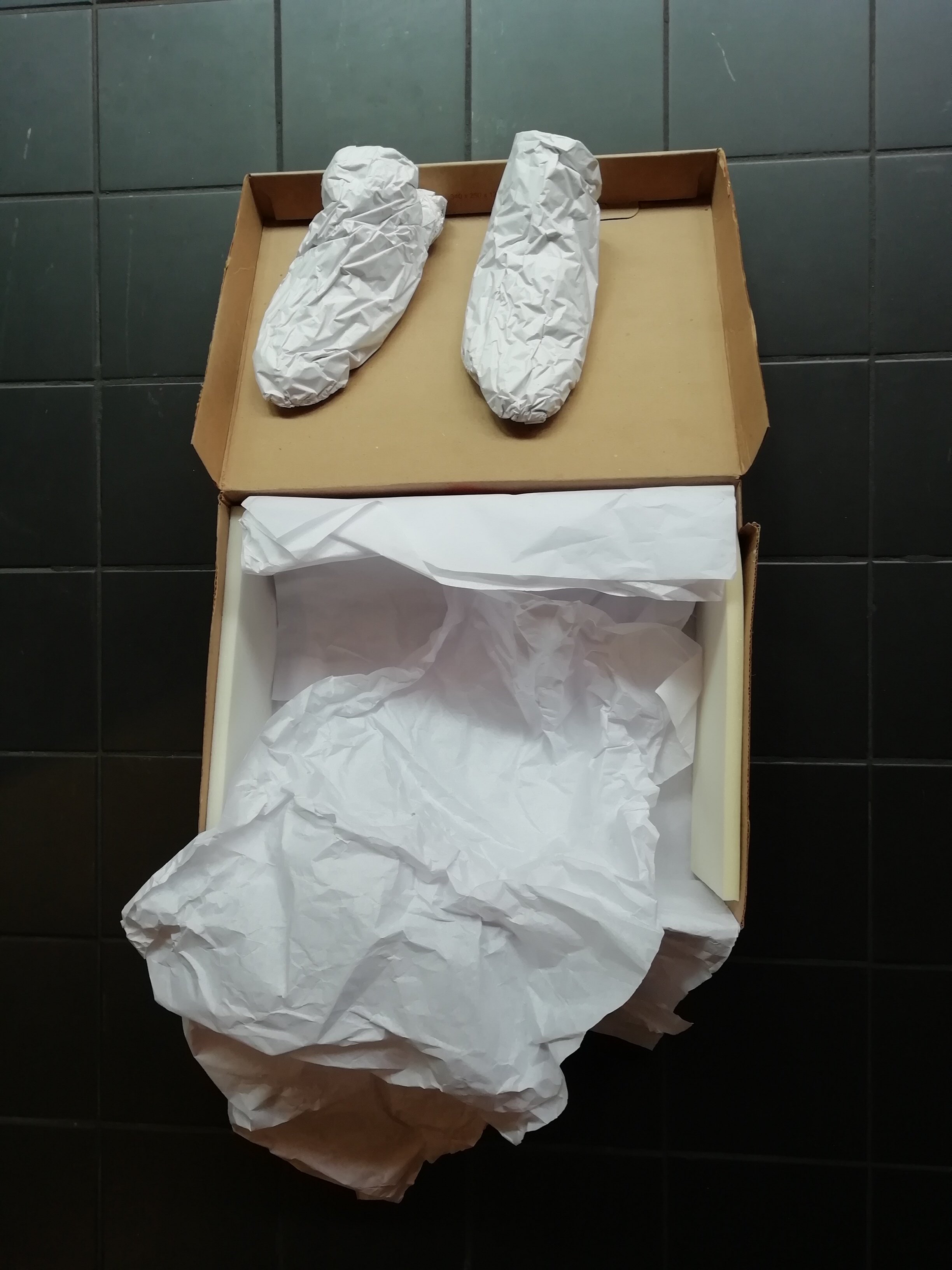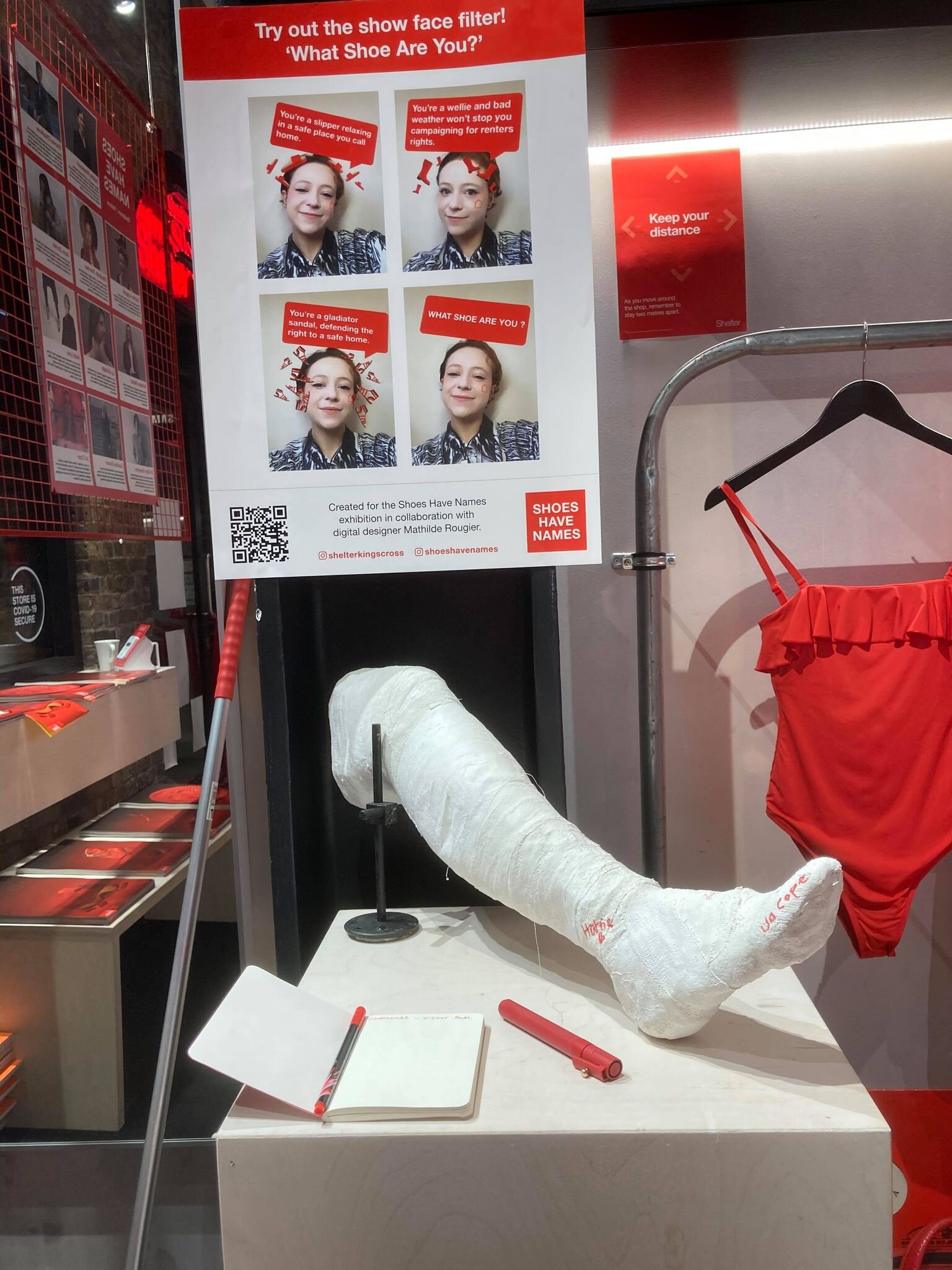Jana Zornik x Lola
Lola’s story
After a knee operation, Lola was forced to give up her job at a tea room as a result of the physical injury and the effect it was having on her mental health.
With no job and having to support her two young daughters, Lola received an eviction notice in November 2018.
By December, they’d been evicted and placed in emergency temporary accommodation by the council. Halfway through the year, they were uprooted and moved into a different temporary accommodation.
“Me and my sister lived in temporary accommodation. We had to duct tape our kitchen drawers together because the rats had been eating our food from in there.”
When Lola received her eviction notice in November, she rang Shelter and received advice on how to make a homeless application. This helped Lola secure better temporary accommodation.
Jana’s inspiration
Traces
The absence of a home, a home full of absence, no space for traces.
The emptied shoe box always comes with two sponges, three pieces of paper wrapping a missing shoe, and two stuffed scraps of paper that resemble the form of the feet or a last used to fill the inside of the shoe, to keep its shape intact. The destroyed boxes, when piled up, bear a resemblance to the structure of the shoe heel. I was always fascinated with debris, its mysterious, stratified records of past lives and its endless potential of becoming something new.
While observing the waste in the shoe shop and thinking about the different meanings of a shoe, I was connecting my train of thoughts with homelessness and my case study: Lola. She had faced homelessness and moved from one temporary housing to another after a severe injury at her knee, which eventually enabled her to work. She was living in lots of tinny temporary settlements, that she didn’t own as a tenant, nor as an owner. No rights to build a home there... everything is temporary and on the go.
During a visit to the shoe factory in Northampton, I got to witness all the stages of becoming a shoe. While browsing around, I found this lovely trace of absence in the bin of the craftsman. It was a negative record of a shoe. It hit me. There was something really poetic and very present in this absence. I got sucked into the idea of the absence versus the presence of the shoe, of the imprint, of the possession, of the owner.
The shoolessness is frequently associated with poverty. At the same time, a shoe can be a symbol of ownership. In the past, the gesture of stepping on land was used to finalised an ownership deal over a land. “To claim property, one might place shoes upon it or walk its perimeter.”
My studio experimentations were firstly about the shoe waste turning into a shoe. The moment of resurrection. But after a while, it turned into a device. “The Ownership claimer” is a device that fabricates shoe traces and claims the ownership over a space. With a gentle manoeuvre of the wooden “crutch”, we can lay the heel on a surface that we want to claim, leaving a mark, an imprint. The shoebox (which it also happens to be a symbol of a tiny little place to live) and the whole purchase debris, becomes a stand for the Claimer in order to present the imprinting powers to the audience. The heel of the Claimer is also made out of the cut-offs of the pilled shoeboxes. The material vocabulary is pretty much the materialisation of the homelessness and the street. Paper, cardboard, twigs, dust and water are all materials connected to homelessness. I added some brass as I found this was also used in the factory to finish off the cardboard patterns of the shoe parts in order to make them durable.
With my piece, I wanted to arm Lola with a device that will bring home to any place she wishes upon! No more temporary settlements, no more semi-packed boxes and bags ready to go. It is time for belonging, it is time to go home.
For the Shoes Have Name exhibition, we had to use the colour red in our pieces. I wanted to integrate it in the heel and as a trace, to magically wrap up the story. “To the alchemist, rubedo (a Latin word meaning “redness”) was the last stage of a long process of making gold or, psychologically, integrating the psycho-spiritual outcomes of the process into a coherent sense of self before its re-entry to the world. The stage can take some time or years to complete due to the required synthesis and substantiation of insights and experiences.
Visit Shoes Have Names at New Brewery Arts
The exhibition is open from 30th January to 2nd April at New Brewery Arts. It’s free to visit.
Support Shelter charity shops
This exhibition first appeared at a Shelter boutique in London. We wanted to connect shopping, fashion and craft to tell stories of homelessness. Whenever you pre-loved donate clothes, or buy from us you’re helping Shelter fight the housing emergency that is devastating lives.
To donate clothing and items to our charity shops via post, for free, simply download a free postage label. Or you can find your local Shelter charity shop here.
To find out more about Shelter, click on the links below:
Shelter Website: http://england.shelter.org.uk/
Campaigning: http://england.shelter.org.uk/campaigns
Support us: https://england.shelter.org.uk/GetHelp
Get help: https://england.shelter.org.uk/get_help





